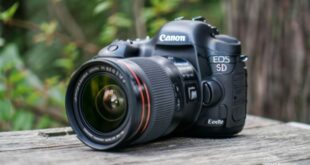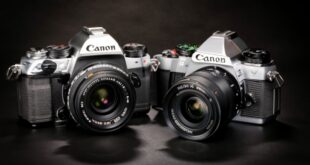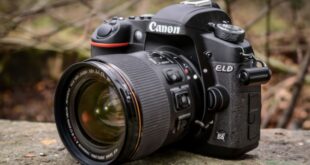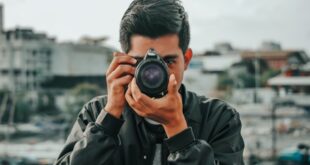Introduction:
Hello, fellow astronomy enthusiasts! Have you ever wondered how to connect your DSLR camera to your Celestron NexStar 5SE telescope? Well, you’ve come to the right place! In this article, we will explore seven different methods to help you capture stunning celestial images with your DSLR and NexStar 5SE combination.
1. Using a T-Ring Adapter 🔌
One popular method is to use a T-ring adapter, which allows you to connect your DSLR camera directly to the telescope’s focuser. This adapter fits onto the camera body, replacing the lens, and provides a secure connection to the NexStar 5SE. It’s an excellent option for astrophotographers seeking a straightforward and reliable setup.
2. T-Adapter and Prime Focus Photography 📸
If you’re looking for prime focus photography, a T-adapter is your go-to accessory. This adapter fits between the telescope’s visual back and the eyepiece, enabling you to connect your DSLR directly to the telescope. This method is ideal for capturing detailed images of celestial objects, as it eliminates the need for a camera lens.
3. Utilizing a Barlow Lens 🌠
Adding a Barlow lens to your setup can help increase the magnification of your images. This lens effectively increases the focal length of your telescope, allowing you to capture more detailed shots of distant celestial objects. However, keep in mind that using a Barlow lens might reduce the overall brightness of your images.
4. Employing a Focal Reducer/Corrector 🌟
If you prefer wider-field astrophotography, a focal reducer/corrector is a valuable tool. This accessory shortens the focal length of your telescope, resulting in a wider field of view. It allows you to capture larger celestial objects or even wide-angle shots of nebulae and galaxies.
5. Autofocus and Remote Shutter Release 🎯
When photographing celestial objects, achieving precise focus is crucial. Utilizing autofocus and a remote shutter release can greatly enhance your astrophotography experience. Some DSLR cameras offer autofocus capabilities, allowing you to automatically focus on your target. Additionally, a remote shutter release minimizes camera shake, resulting in sharper images.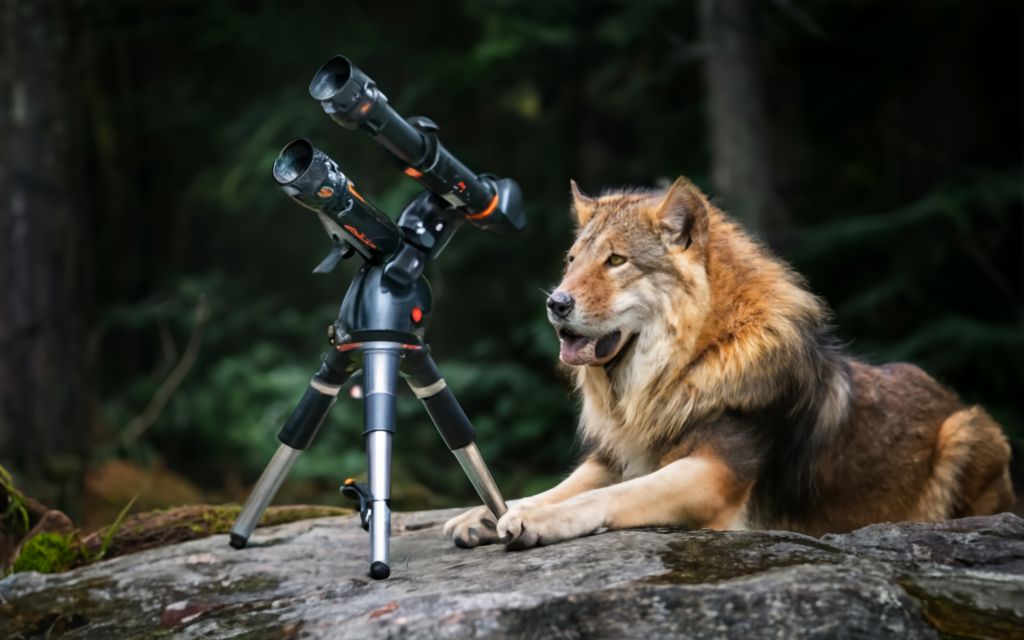
6. Utilizing BackyardEOS or DSLR Controller Software 💻
Software solutions like BackyardEOS (for Windows) or DSLR Controller (for Android) provide advanced control over your DSLR camera’s settings. These programs offer features such as live view, capturing, and adjusting exposure settings remotely. They can immensely improve your astrophotography workflow, making it easier to capture stunning images.
7. Astrophotography with a Dedicated CCD Camera 📷
If you’re looking to take your astrophotography to the next level, consider investing in a dedicated CCD camera. These cameras are specifically designed for capturing celestial objects and often produce higher-quality images compared to DSLR cameras. However, they can be more expensive and may require additional equipment for compatibility with the NexStar 5SE.
Advantages and Disadvantages of Connecting a DSLR Camera to Celestron NexStar 5SE:
Advantages:
1. Versatility: Connecting a DSLR camera to the NexStar 5SE opens up a world of astrophotography possibilities.2. Cost-Effective: DSLR cameras are often more affordable compared to dedicated CCD cameras.3. Wide Range of Accessories: DSLR cameras have a vast selection of lenses, filters, and other accessories available.4. Familiarity: Many astrophotographers already own a DSLR camera, making it a convenient choice for beginners.
Disadvantages:
1. Limited Dynamic Range: DSLR cameras may struggle with capturing the faint details of deep-sky objects due to their limited dynamic range.2. Noise Levels: DSLR sensors can produce more noise compared to dedicated astronomical cameras.3. Sensor Size: DSLR cameras typically have smaller sensors compared to dedicated CCD cameras, resulting in narrower field-of-view.
| Method | Advantages | Disadvantages |
|---|---|---|
| T-Ring Adapter | Easy to use | Limited focal length options |
| T-Adapter and Prime Focus Photography | No need for a camera lens | Requires precise focusing |
| Barlow Lens | Increased magnification | Potential loss of brightness |
| Focal Reducer/Corrector | Wider field of view | Reduced focal length |
| Autofocus and Remote Shutter Release | Precise focus and reduced camera shake | Dependent on camera capabilities |
| BackyardEOS or DSLR Controller Software | Advanced camera control | Software compatibility |
| Dedicated CCD Camera | High-quality images | Higher cost and additional equipment |
Frequently Asked Questions:
1. Can I connect any DSLR camera to the Celestron NexStar 5SE?
While most DSLR cameras can be connected, compatibility may vary. It is essential to check the necessary adapters and specifications for your specific camera model.
2. Do I need any additional software to control my DSLR camera?
While it is possible to control basic functions without software, using dedicated astrophotography software can enhance your experience by providing more advanced features and control over your camera settings.
3. Can I capture videos using a DSLR camera connected to the NexStar 5SE?
Yes, many DSLR cameras offer video recording capabilities. Check your camera’s specifications for details on video resolution and frame rates.
4. Is it necessary to use a Barlow lens?
Using a Barlow lens is not mandatory, but it can be beneficial for increasing the magnification and capturing finer details of celestial objects.
5. Can I use my smartphone instead of a DSLR camera?
While smartphones offer convenience and accessibility, they may not provide the same level of image quality and control as a DSLR camera.
6. Are there any safety considerations when connecting a DSLR camera to a telescope?
It is crucial to follow proper safety guidelines when connecting any equipment. Ensure that the camera and telescope connections are secure to avoid accidents or damage to the equipment.
7. Can I achieve deep-sky astrophotography with a DSLR connected to the NexStar 5SE?
While DSLR cameras are capable of capturing deep-sky objects, their limited dynamic range and potential noise levels may affect the quality of the final images. Consider dedicated CCD cameras for more advanced deep-sky astrophotography.
8. Are DSLR cameras suitable for planetary astrophotography?
DSLR cameras can produce impressive planetary images. However, dedicated planetary cameras often offer higher frame rates and specialized features for capturing fine details.
9. How can I achieve accurate focusing?
Utilizing a Bahtinov mask or focusing aid can help achieve precise focus. These tools create diffraction patterns, allowing you to determine the exact focus point.
10. Can I use my DSLR camera for astrophotography without a telescope?
While it is possible to capture wide-field astrophotography using only your DSLR camera, a telescope can greatly enhance your ability to capture detailed images of celestial objects.
11. What exposure settings should I use for astrophotography?
Exposure settings vary depending on various factors such as the object being photographed, light pollution levels, and your camera’s specifications. Experimentation and practice are essential to determine the optimal exposure settings for your specific setup.
12. How can I reduce noise in my astrophotography images?
Using a lower ISO setting, longer exposure times, and applying noise reduction techniques during post-processing can help reduce noise in your astrophotography images.
13. Can I connect other types of cameras, such as mirrorless or compact cameras, to the NexStar 5SE?
Yes, depending on the availability of the necessary adapters, mirrorless and compact cameras can also be connected to the Celestron NexStar 5SE.
Conclusion:
In conclusion, connecting a DSLR camera to the Celestron NexStar 5SE opens up a world of astrophotography possibilities. Whether you choose to use a T-ring adapter, a focal reducer/corrector, or software solutions like BackyardEOS, the ability to capture stunning celestial images is within your reach. While DSLR cameras offer versatility and affordability, it’s essential to consider their limitations, such as limited dynamic range and potential noise levels.
As you embark on your astrophotography journey, don’t forget to experiment, practice, and have fun. With dedication and patience, you can capture breathtaking images of the cosmos that will leave you in awe of the universe’s wonders. So, what are you waiting for? Connect your DSLR camera to your Celestron NexStar 5SE and embark on a celestial adventure like no other!
Disclaimer:
This article is for informational purposes only. Always follow the manufacturer’s guidelines and safety instructions when connecting any equipment to your telescope. Astrophotography can involve complex processes and may require additional equipment and knowledge. Kindly ensure that you have the necessary expertise and equipment to engage in any activities mentioned in this article. The author and publisher disclaim any responsibility for any loss or damage resulting from the use of information contained herein.
